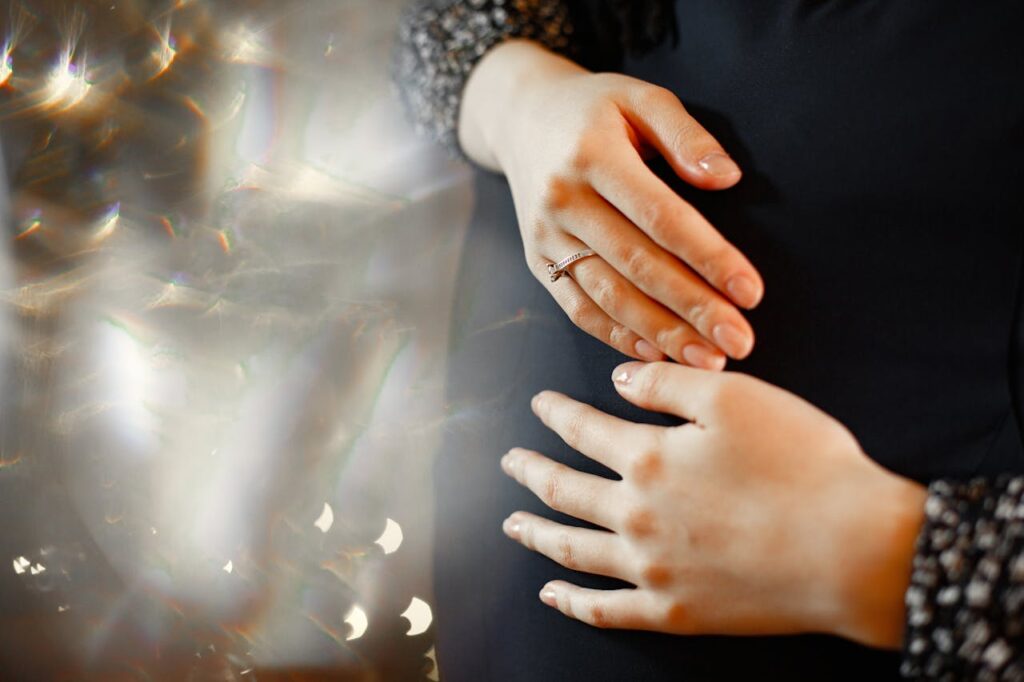A belly button piercing can be a bold fashion statement — cute, edgy, and uniquely you. But what happens when that exciting new piercing develops a raised, shiny bump? If you’re dealing with a persistent scar-like lump that just won’t go away, you might be facing a keloid.
First things first: take a deep breath. You’re not alone, and this is more common than you think. In this post, we’ll break down what a belly ring keloid is, why it happens, how to tell it apart from other bumps, and most importantly, how to treat and prevent it.
🔍 What Is a Keloid?
A keloid is a type of raised Scar that forms when your body produces too much collagen during the healing process. Unlike normal scars that fade over time, keloids often grow beyond the original wound. They can become larger, thicker, and more noticeable.
They usually appear as:
- Shiny, raised bumps or lumps
- Pink, red, dark brown, or skin-coloured
- Firm and smooth to the touch
- Sometimes itchy, sensitive, or tender
While they’re harmless from a medical standpoint, keloids can be emotionally distressing, especially when they develop in a visible area like your belly.
Why Do Keloids Form on Belly Piercings?
Your belly button is one of the trickiest areas for healing — and that makes it more prone to keloids.
Here’s why:
- Movement: Constant bending, stretching, or pressure from clothes irritates the piercing.
- Friction: Tight jeans, belts, or waistbands can rub against the ring and delay healing.
- Prolonged healing time: Belly piercings can take 6–12 months to fully heal.
- Touching and snagging: Accidental bumps or switching jewellery too soon can damage the skin.
Some people are also genetically predisposed to forming keloids. You’re more likely to get them if:
- You’ve had keloids from past piercings or wounds
- You have darker skin tones (keloids are more common in melanin-rich skin)
- You have a family history of keloids
Is It a Keloid or Something Else?
Not every bump is a keloid. Before jumping to conclusions, let’s look at the possibilities:
Type of BumpAppearanceCauseTreatment
Keloid Raised, shiny, firm, may grow beyond piercing site Overgrowth of scar tissue Medical treatment (see below)
Hypertrophic Scar Raised but stays within the wound, may flatten Minor trauma, common in healing piercings Often resolves on its own
Infected Bump Red, painful, swollen, pus-filled Bacterial infection Antibiotics, warm compress, professional care
Irritation Bump Small, soft, flesh-coloured Jewelry friction, allergic reaction Jewelry change, gentle cleaning
Pro Tip: If you’re unsure what type of bump you have, consult with a licensed piercer or dermatologist.
How to Treat a Belly Ring Keloid
Treating a keloid takes patience, consistency, and the proper methods. Here are your best options:
Steroid Injections (Corticosteroids)
- Performed by a dermatologist
- Help shrink and flatten the keloid
- Often require several sessions
- One of the most effective treatments
Silicone Sheets or Gels
- Over-the-counter or prescription
- Softens the Scar over time
- Must be worn daily for several hours (or overnight)
Cryotherapy (Freezing)
- Liquid nitrogen is used to freeze and reduce the size
- Often combined with steroid injections
Laser Therapy
- Reduces colour and thickness
- More effective on newer keloids
- It may require multiple sessions
Surgical Removal (With Caution)
- It can be effective but risky: keloids may grow back — even larger
- Usually paired with post-op steroid therapy or radiation
What Doesn’t Work (and Might Make It Worse)
- Popping or picking the bump
- Home surgery or using sharp objects
- Harsh products like hydrogen peroxide or alcohol
- Over-the-counter acne creams (not designed for keloids)
How to Prevent Keloids From Forming (or Returning)
While not every keloid is preventable, these steps will reduce your risk:
Choose a Professional Piercer
Go to a licensed piercer who uses implant-grade jewellery (like titanium or surgical steel) and follows strict sterilization procedures.
Stick to the Aftercare Routine
- Clean gently with saline solution (not alcohol or peroxide)
- Don’t rotate the jewellery
- Avoid touching with unwashed hands
Don’t Change Jewelry Too Soon
Wait until your belly piercing is fully healed before switching out the ring — usually 6 months or longer.
Wear Loose Clothing
Avoid tight pants or waistbands that put pressure on your belly ring, especially during the healing phase.
Real People, Real Experiences
“My belly ring was healing fine at first, then a small bump turned into a hard lump. My dermatologist confirmed it was a keloid. I started cortisone shots, and after 3 months, it’s nearly flat. I also switched to a flat titanium barbell, which helped a lot.”
— Tanya, 28
“I didn’t even know what a keloid was until mine appeared. At first, I was embarrassed to wear crop tops. But with treatment and time, I’ve learned to embrace it. I even have a new piece of jewelry that covers it beautifully!”
— Samira, 22
Recommended Aftercare Products
If you’re prone to keloids, using the right aftercare products can make all the difference. Look for:
- Saline Spray (non-iodized, sterile)
- Silicone Scar Gel (for flattening scar tissue)
- Implant-grade titanium jewelry
- PTFE (flexible) belly rings for sensitive skin
Final Thoughts
Keloids can be discouraging, but they are manageable — and they don’t define you or your beauty. Whether you choose to treat them medically, naturally, or embrace them, the most important thing is how you feel.

